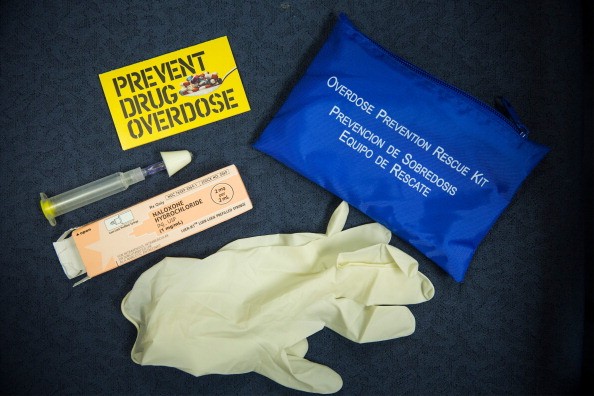
The rate of deaths from drug overdoses has increased by 137% since 2000. Surges in this type of deaths in 14 states in 2014 are pushing what is being called an epidemic, according to a report from the U.S. Centers for Disease Control and Prevention.
The 14 states that saw large rises in rates of overdose deaths in 2014 were Alabama, Georgia, Illinois, Indiana, Maine, Maryland, Massachusetts, Michigan, New Hampshire, New Mexico, North Dakota, Ohio, Pennsylvania, and Virginia.
There were more than 47,000 overdose deaths in the country in 2014. This is up 7% from 2013 and is the highest number reported in the nation since at least 1970, according to CDC records. These numbers are based on information from death certificates.
Drug overdose deaths include those deaths that involve opioid pain relievers, sedatives, heroin, cocaine, and other drugs, either legal or illegal. Historically, the CDC has characterized all opioid pain reliever deaths to be "prescription" opioid overdoses. But illegally made fentanyl, a strong opioid pain reliever, is now becoming available around the country, blurring the lines between what is available by prescription and what is not. Between 2013 and 2014, the age-adjusted rate of death involving natural and semisynthetic opioid pain relievers, heroin, and synthetic opioids, other than methadone (such as fentanyl) increased 9%, 26%, and 80%, respectively.
"These findings indicate that the opioid overdose epidemic is worsening. There is a need for continued action to prevent opioid abuse, dependence, and death, improve treatment capacity for opioid use disorders, and reduce the supply of illicit opioids, particularly heroin and illicit fentanyl," said the authors of a report in Morbidity and Mortality Weekly Review.
West Virginia, New Mexico, New Hampshire, Kentucky, and Ohio had the highest overdose death rates. In West Virginia, the overdose rate was 35.5 per 100,000; the national rate was about 15 per 100,000.
In sheer numbers, California - the most populous state - had the most overdose deaths last year, with more than 4,500. Ohio was second, with more than 2,700.
You can read the article here.



